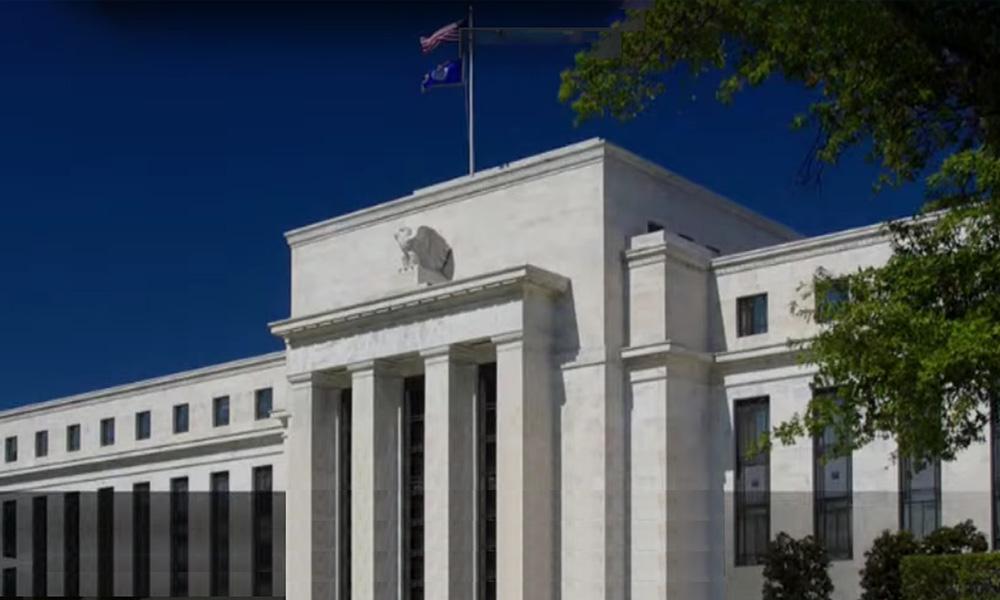The employment engine has stalled. Can the Federal Reserve still "stabilize" it?
2025-08-01 22:11:45

US non-farm payrolls slowed sharply, and the US dollar suffered a heavy blow
July's US non-farm payroll data fell far short of market expectations, with only 73,000 new jobs added, significantly below the previous forecast of 110,000. The June figure was also significantly revised downward to just 14,000. This represents the weakest two-month non-farm payroll report since 2025, signaling that the US labor market may be entering the initial phase of a steep decline. This broad-based weakness in employment has exacerbated market concerns about an economic slowdown, with declines in employment across sectors from manufacturing to professional services, information, and mining. Even the leisure and hospitality industry, a traditional employment engine, saw only 5,000 new jobs.
While average hourly earnings rose slightly above expectations at 3.9% year-over-year, this wage growth did not alleviate market concerns about deflationary pressures amid weakening overall employment momentum. The structural slowdown is no longer a sectoral phenomenon; it reflects a cautious approach by US companies to new hires amidst weakening demand expectations.
The US dollar has become the weakest in the G10, and market expectations have suddenly reversed.
Following the release of the non-farm payroll data, the US dollar experienced a sharp sell-off, with the US dollar index plummeting from its intraday high of 100.26 to 99.3, a significant drop. The dollar, which had previously performed strongly that day, ultimately ranked last among G10 currencies. USD/JPY briefly fell below 150, and the USD/CHF exchange rate also hit a new intraday low. Even as Switzerland faced pressure from US tariffs, the Swiss franc remained strong, reflecting increased safe-haven demand.
Relatively speaking, the euro and yen emerged as the biggest winners, with the euro rebounding over 150 basis points against the dollar to 1.1556. The previously pressured euro's V-shaped reversal reflects the market's formation of a new framework of expectations: signs of a US economic slowdown are emerging, and the dollar's strong cycle may have come to an end.
Expectations of interest rate cuts rise, and US Treasury yields fall across the board
The U.S. Treasury market reacted quickly to the jobs data. The 10-year Treasury yield fell 13 basis points to a low, while the 2-year yield plummeted 17 basis points. Meanwhile, market expectations for a September Fed rate cut jumped from 40% to 81%, and even began pricing in the possibility of another rate cut in October.
According to the CME FedWatch tool, the market is currently pricing in at least two rate cuts in 2025, in September and December. Analysts point out that two consecutive months of weak non-farm payroll data are enough to overturn the previous "higher and longer" rate hike pricing logic. Even though Powell maintained a hawkish tone in his recent speech, if future data continues to weaken, the Fed may be forced to reverse course soon.
Trump puts pressure on the Fed, increasing geopolitical risks
On the eve of the data release, US President Trump again stated on social media that if the Federal Reserve does not cut interest rates, the Federal Reserve's board of directors should take over the decision-making power. While analysts generally believe that this statement is highly political, its release, which is almost simultaneous with the non-farm payroll data, has sparked market speculation about whether he had advance knowledge of the employment data.
Meanwhile, geopolitical tensions escalated. The US government announced higher tariffs on Canadian steel products, raising the rate from 25% to 35%. Canada quickly responded by expressing "deep disappointment" and stating it would focus on economic factors under its control. As a result, the USD/CAD exchange rate fell 0.5% to 1.3795, demonstrating the immediate impact of geopolitical tensions on the foreign exchange market.
Looking ahead: August non-farm payrolls become a key focus
August's non-farm payroll data has become a key benchmark for assessing whether the Federal Reserve will cut interest rates. If employment growth remains below trend for three consecutive months, the likelihood of the Fed initiating a rate cut cycle in September will increase significantly. Expectations of such a policy shift could further weaken the US dollar and boost the relative appeal of low-yielding safe-haven currencies like the Japanese yen and Swiss franc.
- Risk Warning and Disclaimer
- The market involves risk, and trading may not be suitable for all investors. This article is for reference only and does not constitute personal investment advice, nor does it take into account certain users’ specific investment objectives, financial situation, or other needs. Any investment decisions made based on this information are at your own risk.





















